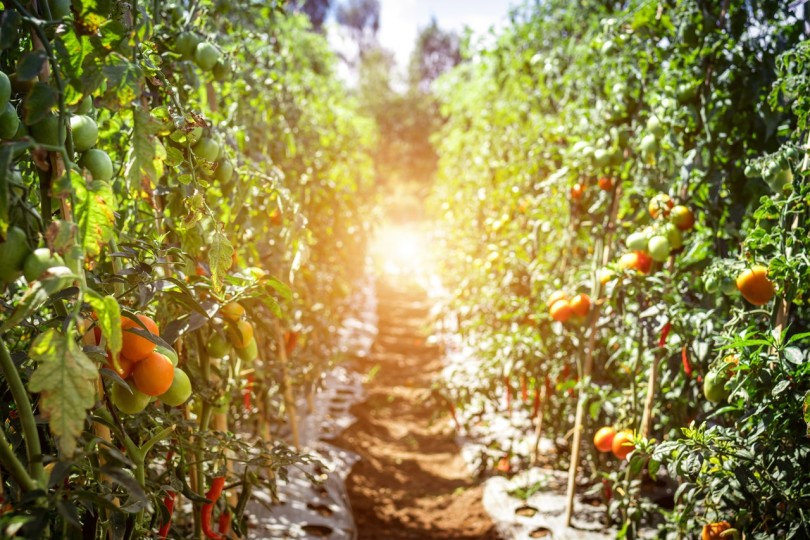22 Apr 24
Lab ChatLabworx
The Global News Source for the World of Science and Chemicals
What is HYDROPONICS?
15 December 2019
Chem Chat
With the world beset by a host of environmental problems, including global warming, food scarcity and dwindling resources, scientists have been researching new and inventive methods of agriculture for decades. One of these, hydroponics, may well be suited to increasing food independence in a location like the UAE.
Due to a climate that’s unfavourable for farming, the UAE has been forced to import up to 85% of its foodstuffs for many years. However, hydroponics dispenses with the need for arable soil, meaning that plant cultivation becomes possible in environments that previously did not lend themselves to it – including indoors.
An innovative solution
The global population is currently around 7.7 billion and is projected to increase to almost 10 billion by 2050. As a result of this ballooning populace and steadily rising incomes around the world, it’s believed that food demand will increase by between 59% and 98% from 2005 levels by the mid-point of the century. Given that arable land is already at a premium in many countries, new solutions must be found.
Hydroponics could hold the answer. This modern method of farming dispenses with soil altogether, instead employing a nutrient-rich solution to sustain plant growth. The crops are either suspended in mid-air and have their roots sprayed with the solution, or else are placed inside a glass chamber to provide support and have the solution circulated to them via the structure.
Ideal for the Emirates
Despite its moniker, hydroponics actually uses less water than traditional methods of farming. According to a leading expert on the subject in the UAE, hydroponics can save up to 70% of the water that is consumed via its traditional counterparts, making it an ideal option for the arid climate found in the country.
Given that the government has indicated it would like to reduce its reliance on overseas imports to improve food security in the UAE, introducing hydroponic systems seems like a logical technique for doing so. And it’s not just on an industrial scale that the method can be implemented; many businesses are now marketing do-it-yourself hydroponics kits for normal residents who wish to grow their own produce.
An array of benefits
Farming has long been vilified as a leading contributor to carbon emissions, but forward-thinking practices like hydroponics could eventually turn it into an absorber of carbon. Meanwhile, those homeowners who seek to introduce hydroponics into their own kitchen and grow their own produce are likely to benefit from a host of economic, health and aesthetic advantages.
For starters, growing your own crops – even if it’s just herbs to begin with – could incur significant financial savings, since there’s no need to fork out for expensive imported items. Using plenty of greens in your cooking can only be beneficial to your health, especially when they’re as fresh as those grown in your own kitchen, while creating an indoor garden is sure to spruce up your home as well. With all of that in mind, home hydroponics seem like they could be the agricultural way of the future.
DOWNLOAD PDF

2 Day Seminar Program
@ ArabLab+ 2024
24 & 25 September 2024
Your stay in Dubai
Labkit
Product News
Chemkit
Product News
Thinking about exhibiting at ARABLAB 2024? Watch our video to find out more.
Join the world’s leading organisations…
Get in touch and stay in touch…
Join our mailing list and receive the ARABLAB newsletter and event updates.





















